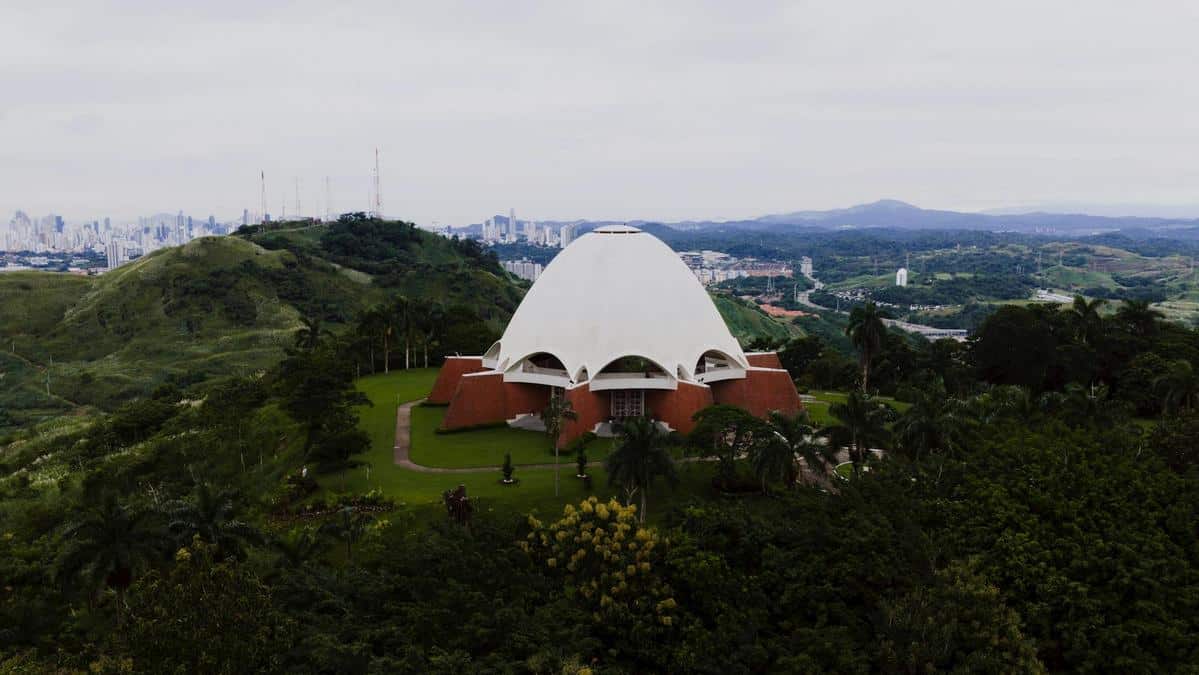
The Basics of Shooting with a Drone: What You Need to Know
Drones have transformed the world of videography, offering unique perspectives and dynamic shots that were once impossible or costly to achieve. Whether you’re a seasoned videographer or a curious beginner, understanding the basics of drone shooting can significantly enhance your creative projects.
Drone videography is a rapidly growing field, celebrated for its ability to capture breathtaking aerial views and dynamic footage. As you embark on your journey to master this technique, it’s crucial to grasp the fundamentals that will help you make the most of your drone camera.
Understanding Your Drone
Before taking off, familiarize yourself with your drone’s features and functionalities. Each model offers different capabilities, from flight time to camera quality. A popular online resource, Drone Rush, provides detailed reviews and comparisons to help you choose a drone that fits your needs.
Expert Opinions
According to professional drone pilot and videographer Alex Smith, “Mastering drone control is pivotal. Spend time practicing in open spaces to build confidence and avoid potential mishaps.” This advice underscores the importance of getting comfortable with your equipment before embarking on complex shoots.
Safety First
Safety should be your top priority. Ensure compliance with local regulations regarding drone usage. Websites like FAA’s UAS provide updated guidelines on where and how you can fly legally. Always check for restricted zones and obtain necessary permissions if required.
Shooting Techniques
Understanding basic shooting techniques can drastically improve the quality of your footage. Experiment with different angles, speeds, and movements such as panning, orbiting, and tracking shots. A well-executed dolly zoom can add a cinematic flair to your videos.
Pro Tip: Use ND filters to manage exposure and achieve motion blur in bright conditions.
Editing Your Footage
Post-production is where your raw footage transforms into a compelling narrative. Utilize software like Adobe Premiere Pro or DaVinci Resolve for editing. These platforms offer a range of tools to enhance color, stabilize footage, and add effects.
| Feature | Benefit |
|---|---|
| 4K Resolution | High-quality visuals |
| Gimbal Stabilization | Smooth footage |
| GPS Tracking | Reliable navigation |
| Obstacle Avoidance | Enhanced safety |
| Long Flight Time | Extended shooting sessions |
| Portable Design | Easy transport |
| Live Streaming | Real-time sharing |
| VR Compatibility | Immersive experience |
Frequently Asked Questions
What should I do if my drone loses signal?
Most drones are equipped with a “return to home” feature. Ensure it’s activated to automatically bring the drone back to its takeoff point.
How can I improve battery life?
Limit the use of power-intensive features and avoid flying in extreme weather conditions to conserve battery power.
In conclusion, shooting with a drone opens up a world of creative possibilities. By understanding your equipment, prioritizing safety, and honing your shooting and editing skills, you can produce stunning aerial footage that captivates your audience. Ready to take to the skies? Start exploring and experimenting with your drone today to uncover its full potential.